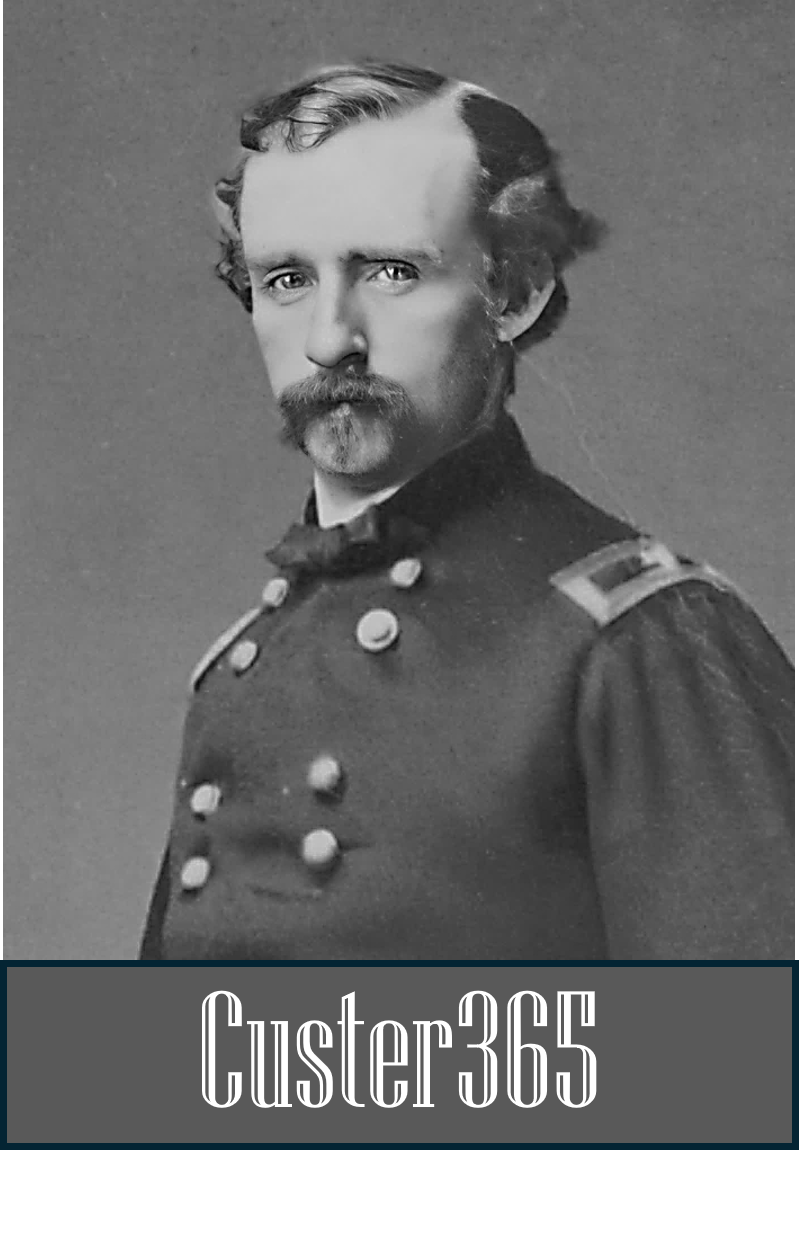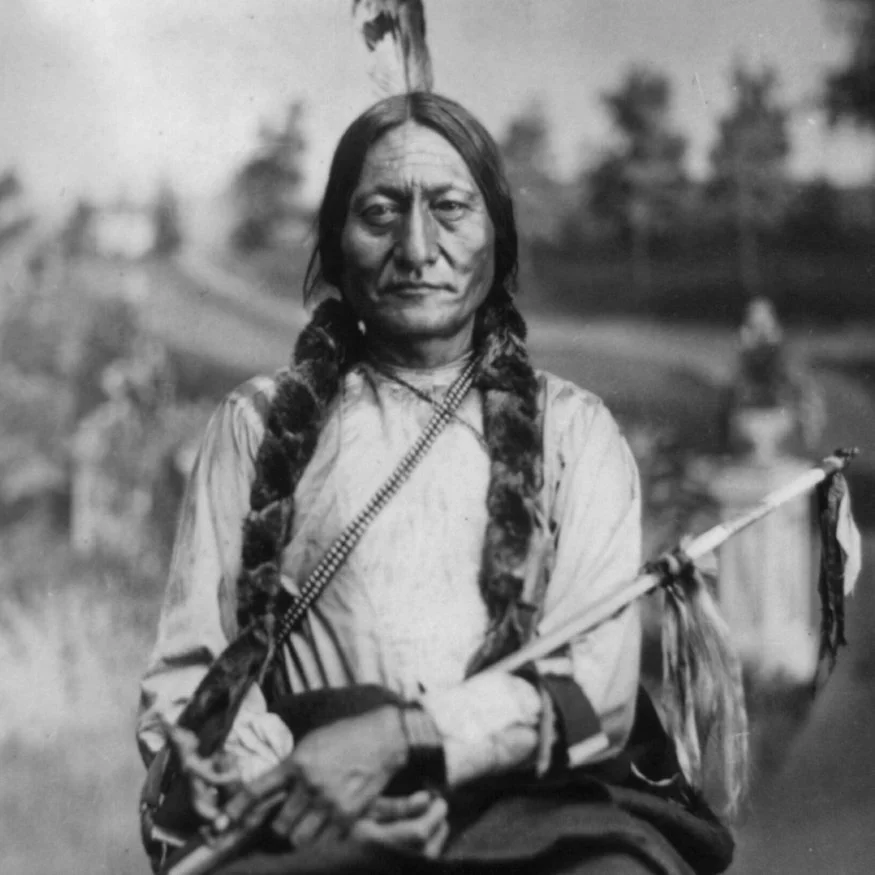JULY 20: Sitting Bull Surrenders
Chief Sitting Bull. (Credit: Library of Congress)
On July 20, 1881, Sitting Bull, leader of the Hunkpapa Teton Sioux, surrenders to the U.S. Army at Fort Buford in Dakota Territory. The Army promises amnesty for the Chief and his followers. He led the 1876 Sioux uprising that culminated in the death of Lt. Col. George Custer and 264 men of the 7th Cavalry at the Battle of Little Bighorn. Following the battle, Sitting Bull fled to Canada with his followers, but later returned to the United States.
Native American tribes did not chronicle dates and milestones the way other Americans and Europeans did, so it’s believed Sitting Bull was born into a prominent Hunkpapa Lakota family between the years of 1831-1837 in present day South Dakota. His father and two uncles were chiefs within the tribe. Sitting Bull became an accomplished hunter and warrior. At age 14, he counted his first coup, an honor earned in immediate proximity to the enemy. From that day on he would bear his father's name and was known as Tatanka-Iyotanka (Sitting Bull).
He became a member of esteemed warrior societies among the Lakota and eventually became leader of The Midnight Strong Heart Society, an elite group of warriors who gained entry with repeated demonstrations of bravery and prowess against the enemy.
Sitting Bull did not agree with other tribal leaders who believed tribes should engage in trade and diplomacy with whites. He once said: "I have seen nothing that the white man has…which is as good as our right to roam and live on the open plains as we choose." Sitting Bull avoided white settlements, forts and reservation agencies nearly altogether until the 1880's.
General George Crook. (Credit: Library of Congress)
General Nelson A. Miles. (Credit: Library of Congress)
After decimation of Custer and his troops on June 25-26,1876 by Lakota Sioux, Cheyenne and Arapaho forces, the war against tribes that had not yet turned themselves in at reservations continued. Forces led by Generals George Crook and Nelson Miles continued to pursue the non-treaty Indians for the next year and a half. In the fall of 1877, Sitting Bull and his followers headed north to the White Grandmother (Canada). Life in Canada was difficult as buffalo were scarce, his people were plagued with sickness, and the winters were harsh. By 1881, even Sitting Bull's closest relatives, friends and advisors were leaving and on July 20,1881 he surrendered to the United States at Fort Buford, Dakota Territory.




